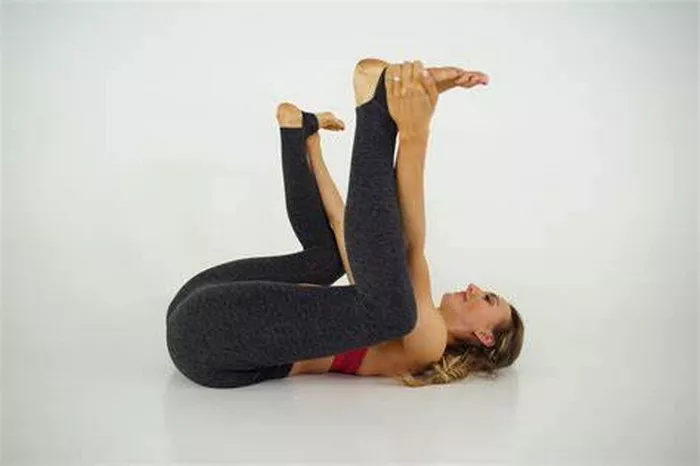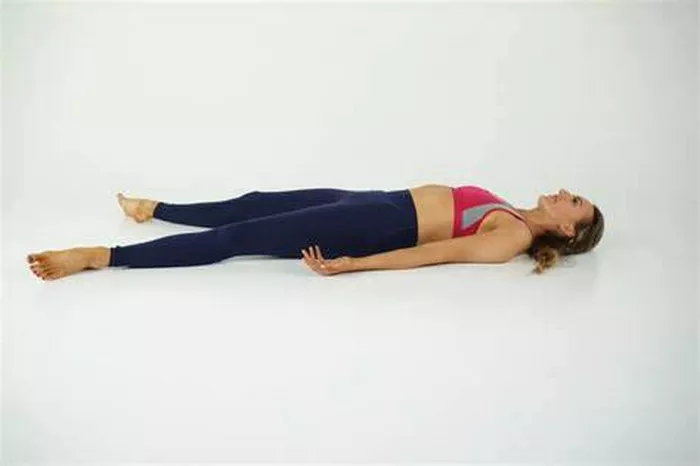Kriya Yoga breathing is a transformative practice. Start by preparing physically and mentally, ensuring a relaxed state and clear mind. Master basic patterns like diaphragmatic and alternate nostril breathing, then explore advanced techniques such as breath retention. Integrate it with meditation and daily life. Through consistent practice, harness the power of breath for physical health, mental clarity, and spiritual growth.
The Heartbeat of Kriya: Understanding the Essence of Breathing
Kriya Yoga breathing is not merely an act of inhaling and exhaling; it is the life force that connects the physical body with the spiritual self. At its core, the breath in Kriya Yoga serves as a bridge between the mundane and the divine, a powerful tool for transformation and self – realization. By understanding the essence of Kriya Yoga breathing, practitioners embark on a journey of inner exploration and energy activation.
The breath in Kriya Yoga is considered prana, the vital energy that permeates the universe. When we engage in Kriya Yoga breathing techniques, we are essentially harnessing and manipulating this prana within our own bodies. Each breath is an opportunity to cleanse, energize, and balance the body’s energy systems.
Preparing Your Vessel: Physical and Mental Readiness
Before delving into Kriya Yoga breathing techniques, it is crucial to prepare both the body and the mind. A calm and relaxed state is essential for effective breathing practice.
Physical Readiness
Posture: Assume a comfortable and stable posture. Whether sitting cross – legged on a yoga mat, in a meditation chair, or in the lotus position, keep your spine straight. A straight spine allows for the unobstructed flow of prana through the energy channels in the body. For example, if sitting on a chair, place your feet flat on the floor, knees at a 90 – degree angle, and gently lift the crown of your head towards the ceiling.
Relaxation: Release any tension in your muscles. Start from the top of your head and work your way down to your toes, consciously relaxing each part of your body. Tense and then relax your facial muscles, shoulders, arms, hands, abdomen, and legs. This physical relaxation helps to create a receptive environment for the breath.
Mental Readiness
Clear Your Mind: Take a few moments to clear your mind of any distractions or racing thoughts. You can do this by focusing on a single point, such as the tip of your nose or a candle flame. When thoughts arise, simply observe them without judgment and gently bring your focus back to your chosen point of concentration.
Set Your Intention: Decide on the purpose of your Kriya Yoga breathing practice. It could be for relaxation, stress relief, energy boost, or spiritual connection. Having a clear intention will help you stay focused and make the most of your practice.
The Fundamental Rhythms: Basic Kriya Yoga Breathing Patterns
Diaphragmatic Breathing
Technique: Place one hand on your chest and the other on your abdomen. As you inhale deeply through your nose, feel your abdomen rise, pushing your hand outward. The chest should remain relatively still. Then, exhale slowly through your mouth, feeling your abdomen contract back towards your spine. This type of breathing engages the diaphragm, allowing for a more complete exchange of oxygen and carbon dioxide.
Benefits: Diaphragmatic breathing helps to calm the nervous system, reduce stress, and increase the supply of oxygen to the body’s cells. It also massages the internal organs, promoting better digestion and overall health.
Alternate Nostril Breathing (Nadi Shodhana)
Technique: Use your right hand to close your right nostril with your thumb. Inhale slowly through your left nostril. Then, close your left nostril with your ring finger and release your thumb to exhale through the right nostril. Next, inhale through the right nostril, close it with your thumb, and exhale through the left nostril. This cycle is one round. Repeat for several rounds.
Benefits: Alternate nostril breathing balances the left and right hemispheres of the brain, which are associated with different aspects of our personality and mental functions. It also clears the energy channels (nadis), promotes mental clarity, and reduces anxiety.
Advanced Dimensions: Elevating Your Breathing Practice
Breath Retention (Kumbhaka)
Technique: After inhaling deeply, hold your breath for a few seconds. The duration of the retention should be gradually increased over time, but it should always be done comfortably. Then, exhale slowly. There are two types of kumbhaka: puraka kumbhaka (retention after inhalation) and rechaka kumbhaka (retention after exhalation).
Benefits: Breath retention enhances the body’s ability to absorb oxygen and increases the concentration of prana in the body. It also improves lung capacity, focus, and mental discipline.
Bhramari Pranayama (Humming Bee Breath)
Technique: Close your eyes and gently plug your ears with your thumbs. Inhale deeply through your nose. Then, exhale slowly while making a continuous “humming” sound, similar to that of a bee. The sound should resonate in your throat and head.
Benefits: Bhramari pranayama calms the mind, reduces stress and mental fatigue. The vibration produced by the humming sound has a soothing effect on the nervous system and helps to balance the chakras.
Synchronizing with the Self: Integrating Breathing with Meditation
Mindful Connection: During meditation, focus your attention on your breath. Observe the sensation of the air entering and leaving your nostrils, the rise and fall of your abdomen. Let your breath be the anchor that keeps you present in the moment.
Deepening the Practice: As you become more proficient in Kriya Yoga breathing, you can use the breath to deepen your meditation. For example, you can use alternate nostril breathing to quiet the mind before starting a meditation session, or incorporate breath retention techniques during meditation to enhance concentration.
Incorporating Kriya Yoga Breathing into Daily Life
Stress Relief on the Go: Whenever you feel stressed or overwhelmed during the day, take a few minutes to practice diaphragmatic breathing or alternate nostril breathing. This can help you quickly regain your composure and reduce stress levels.
Morning and Evening Rituals: Make Kriya Yoga breathing a part of your morning and evening routines. In the morning, it can energize you and set a positive tone for the day. In the evening, it can help you relax and unwind after a long day.
Conclusion
Kriya Yoga breathing is a multifaceted practice that offers numerous physical, mental, and spiritual benefits. By preparing the body and mind, mastering the basic and advanced breathing techniques, integrating breathing with meditation, and incorporating these practices into daily life, practitioners can unlock the transformative power of the breath. It is a journey of self – discovery, where each breath brings us closer to a state of balance, peace, and self – realization.
- What Type of Meditation Do Yogis Do?
- How to Do Yoga Meditation at Home: A Comprehensive Guide
- How to Start Yoga and Meditation for Beginners?
























